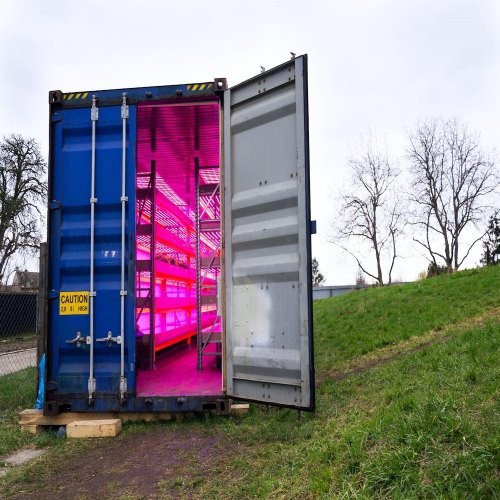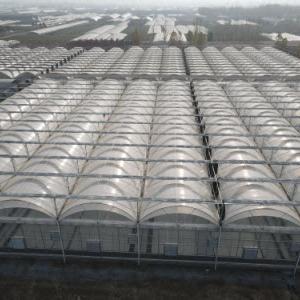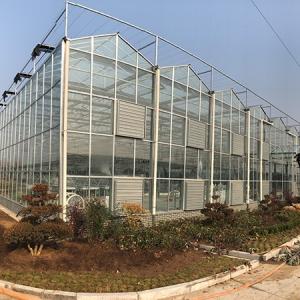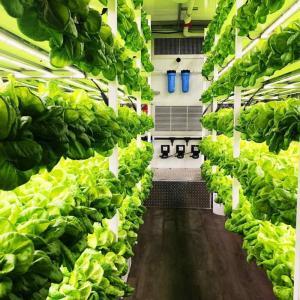Benefits of Vertical Farming in Shipping Container Farms
In urban settings, vertical farms eliminate the need for large greenhouses and cut down on energy used to heat/cool them, as well as fuel consumed to transport food long distances.
They also produce high yields in smaller spaces, meaning they are more affordable than traditional land-based farms. They are also highly portable and can be used in harsh climates.
High Yields
The GROW container farm uses hydroponics, which can produce high yields of food in small spaces. This reduces farming expenses by decreasing energy use and water consumption.
Additionally, container farms are not dependent on sun and weather conditions, making them a viable option in all climates. The standardization of shipping containers allows for easy modification and scalability. This makes it easy to move your container farm around, or even stack them, as your needs change.
The ability to grow year-round reduces food waste and the fuel used for transporting it, also known as "food miles." Mushrooms are a common crop in container farms, which help to reduce animal feed costs by producing nutrients that plants need. This eliminates the need for chemical fertilizers.
Food Production for a Growing World
With the world population expected to reach nine billion by 2050, food production will need to increase by 70 percent. Unfortunately, there is not enough farmable land available to meet this need.
Shipping container farms use hydroponic technology to grow greens in soil-free containers. Environmental sensors monitor water, nutrient levels, temperature, humidity and air movement to maintain optimum growing conditions. This reduces waste and means that produce is ready to be harvested when it’s at its best, not when it’s reaching the end of its shelf life.
Another key benefit of shipping container farms is that they can be placed anywhere, allowing them to bring fresh, local produce to people at the point of need. With this, food only travels for minutes instead of miles, which can reduce food waste.

Minimal Water Consumption
In addition to eliminating the need for chemical pesticides, shipping container farms use less water than traditional agricultural methods. This is because the plants are grown indoors in a controlled environment, where they aren’t dependent on the weather.
The crops are typically grown using hydroponics, where the soil is removed and nutrient-rich water is fed to the plants. The hardware inside the farm allows for the temperature to be set and can change depending on the needs of the crop.
These types of farming solutions also allow growers to sell their produce directly to consumers, cutting down on food miles and reducing waste. It can also be used to serve communities with limited access to fresh food and provide them with more self-sustainable options.
No Pesticides
When plants are grown in a shipping container farm they’re protected from harsh weather, pests and short growing seasons. This means there’s no need for chemical pesticides, which is better for your health and the environment.
Shipping containers are the perfect size for high-yielding farms. They are standardized and modular, which allows for easy expansion. They’re also large enough to accommodate a variety of different crops.
Environmental sensors monitor and regulate the nutrient levels, temperature, humidity and air flow of the farm. They use low-energy red and blue LED light arrays to create an optimum growing environment.
Environmental Friendly
We all know the saying “location, location, location.” The same can be said for shipping container farms. They are built from repurposed metal containers and provide a tightly controlled environment for whatever plant or animal species is inside.
This allows plants to grow in optimal conditions, maximizing their growth and yield. They are also more resilient to environmental factors such as weather (too much or too little water), heat, and cold.
They are also easily moved, which allows them to be constructed in urban areas. This means that food can be grown mere miles from where people will consume it, reducing transportation emissions and allowing local grocers to offer fresher produce to their customers. It also eliminates the need for chemical pesticides.





